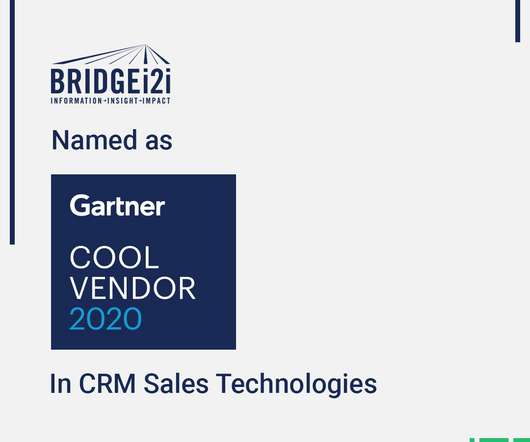What is data analytics? Analyzing and managing data for decisions
CIO Business Intelligence
JUNE 7, 2022
The chief aim of data analytics is to apply statistical analysis and technologies on data to find trends and solve problems. Data analytics has become increasingly important in the enterprise as a means for analyzing and shaping business processes and improving decision-making and business results.



















Let's personalize your content